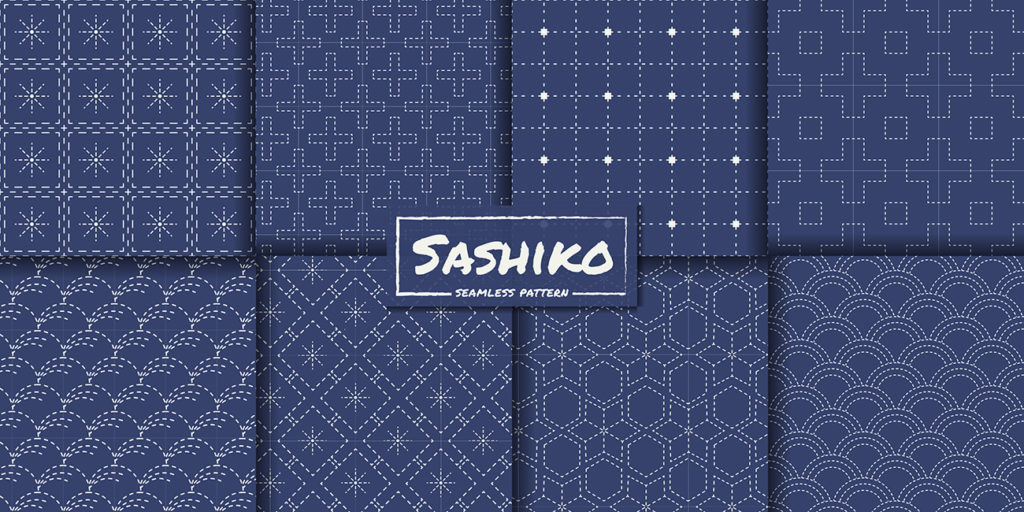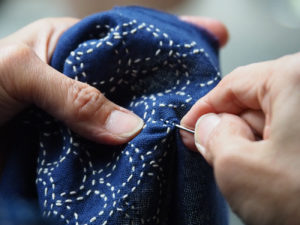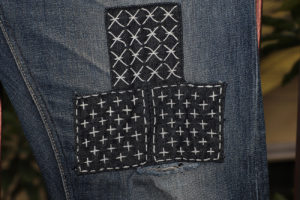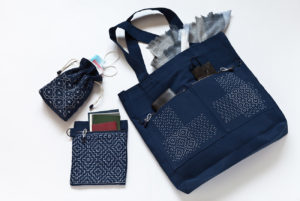
Sashiko: Japanese Traditional Embroidery
Sashiko (刺し子), has a distinctive appearance of white-on-blue embroidery. Sashiko literally means “little stabs”, is a type of traditional Japanese stitching or embroidery. The technique originated some 400 years ago and was used as a means to preserve clothing and to keep warm during the harsh winter months in Japan. Many locals produced their own clothing from hemp and were prohibited from using certain colors. Indigo dye can be easily grown and was thought to repel insects. This became the foundations of the characteristic appearance of sashiko.
The beginnings of sashiko
Sashiko can be traced back to the Edo period (1603-1867). The technique was initially born out of a practical need where it was used on clothing to reinforce the homespun garments during that time and make them sturdier. Worn out items were pieced together to create new clothing by utilizing the simple running stitches. Sashiko was also a convenient and useful way to layer thin fabrics to make it more suitable for colder months. The stitching method is also used on coats of firemen called hikeshibanten, to create an absorbent and thick material that would first be soaked in water before going into a raging fire.
The relatively inexpensive nature of white cotton thread and the profusion of indigo-dyed blue cloth in Japan gave sashiko its unique appearance. Sashiko would normally involve a plain running stitch to create decorative embroidery patterns for purely decorative purposes such as in quilts. By the Meiji period (1868-1912), “little stabs” technique was already well established to evolve into winter tasks in northern farming communities, when the weather was too cold for outside work.
A lot of sashiko patterns stem from Chinese designs, but many more are originally Japanese. “Little stabs” method usually involves geometric patterns that fall into two main styles; moyōzashi (patterns are created with long lines of running stitches) and hitomezashi (pattern emerges from the alignment of single stitches made on a grid). Common motifs for sashiko are derived from nature such as mountains, wavs, arrow feathers, bamboo, some are of interlocking geometric shapes and others are considered to have some form of symbolism involved.
Hishi-moyō (菱模様) – diamonds
Kōshi (格子) – checks
Tate-jima (縦縞) – vertical stripes
Yoko-jima (横縞) – horizontal stripes
Yarai (矢来) – bamboo fence
Nakamura kōshi (中村格子) – plaid designed and created by the Nakamura family.
Yarai (矢来) – bamboo fence
Hishi-igeta (菱井桁) – also known as tasuki, parallel diamonds or crossed cords.
Sashiko is a unique Japanese craft that can be used in creating designs for anything your imagination can conceive!



